The Black Stork
4 /10 1 Votes
| ||||||||||||||||||||||||||||||||||
The Black Stork is a 1917 motion picture written by and starring Harry J. Haiselden, the chief surgeon at the German-American Hospital in Chicago. The Black Stork is Haiselden's fictionalized account of his eugenic infanticide of the child John Bollinger. The film was re-released in 1927 under the title Are You Fit to Marry?
Contents

Bollinger case
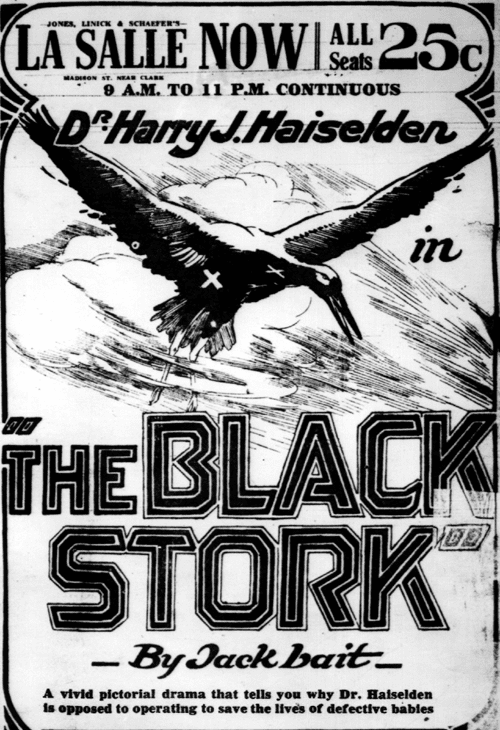
On November 17, 1915 Harry J. Haiselden, despite public protest, allowed the syphilitic child John Bollinger to die. Haiselden convinced the child's parents that John would have grown up to be a miserable outcast and that death was this child's best option as well as in the best interests of society.

As the child was dying, an unknown kidnapper attempted to save John and the Catholic community protested the action; however activist Helen Keller and attorney Clarence Darrow each wrote separate articles in support of Dr. Haiselden's choice. Dr. Haiselden was an outspoken supporter of the eugenics movement prior to the case and, after the publicity made him famous, he took eugenics onto the national stage.
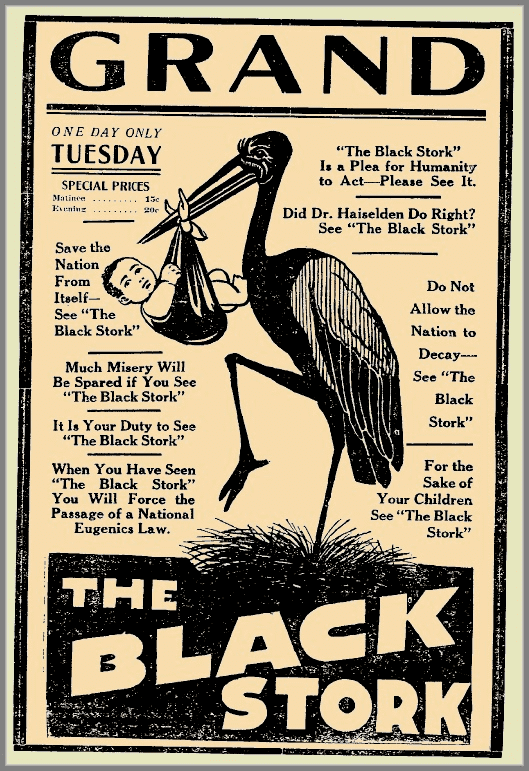
Haiselden was ultimately acquitted by a jury for allowing John Bollinger to die. The Illinois Board of Health attempted to revoke Haiselden's medical license but that action was dropped. A coroner's jury determined that the child was not syphilitic, but brain damaged and therefore defective. The Chicago Medical Society expelled Haiselden from their membership for The Black Stork and the publicity that he sought out after the infanticide.
Haiselden's eugenics
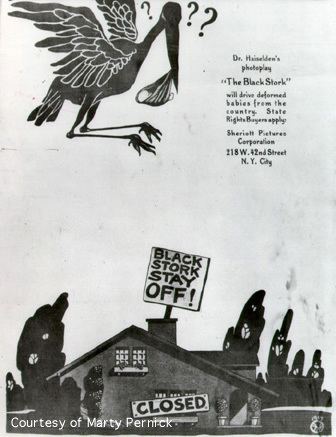
Dr. Haiselden practiced "lethal eugenics" which is the third stage in the field of eugenic thought. Both passive (stage 1 eugenics) and active (stage 2 eugenics) had gained some widespread but quiet support during Haiselden's life, but Haiselden was an early supporter of lethal eugenics which would not become widely accepted until the 1920s with the Buck v. Bell Supreme Court ruling permitting eugenic sterilization in any case "for the protection and health of the state."
Film
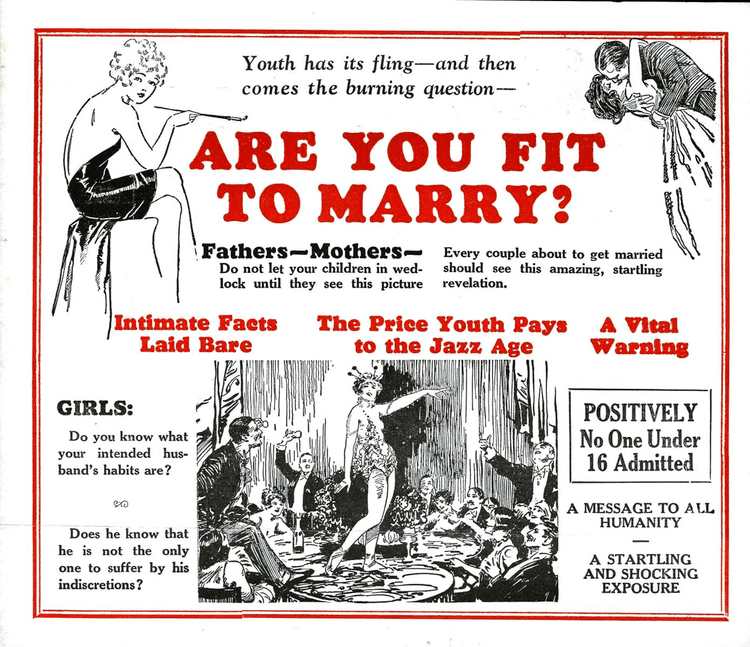
The film revolves around a Dr. Dickey, played by and based on Harry J. Haiselden, who is called in to operate in order to save the life of a "defective" child. Dr. Dickey refuses to operate on the child as he is seen refusing his apron from the nurse. Other doctors save the child and he grows up as a shunned monstrosity. He later returns to kill the doctor who "condemned [him] to life." The mother then wakes up from her nightmare and realizes that she and her fiance need to get tested to ensure that they will have "fit" offspring. They pass the exam and have a happy and healthy child. The film concludes with Congress passing mandatory premarital testing legislation in order to prevent defective children. Images of handicapped individuals are inter-played throughout the film.

The reviews for Haiselden's film were mixed. Rarely did people directly criticize his message but rather they attacked his egotism and his poor production values. Haiselden wanted his film to become a date night movie for couples but that angle failed when the National Board of Review of Motion Pictures as well as most local censors barred men and women from viewing the film together.
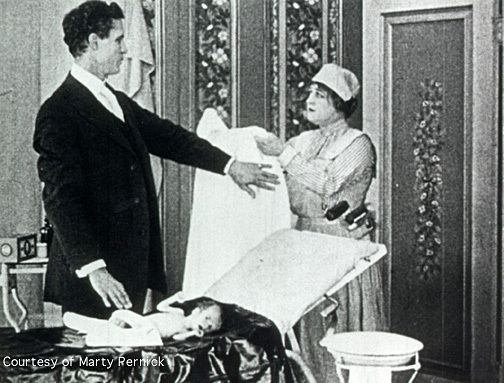
The film took over a year to go from production to the public theaters due to the controversy. Several changes were forced upon Haiselden by the NBRMP. The NBRMP's Executive Committee, after overruling a 9-0 vote by the Advisory Committee against the film, approved it conditionally provided that Haiselden make 18 modifications to the film. One major change was removing all references to God and what were deemed the most inappropriate images. This year-long review process hurt the opening of the film because prints began to circulate illegally in 1917 so when it officially debuted in 1918 there was little fanfare. The film continued to circulate as late as 1942, un-coincidentally the same period as when the first reports of the atrocities committed by Nazi Germany began to appear in the United States.
The popularity of eugenics and The Black Stork both declined simultaneously with World War II. Most copies of the original film have been destroyed: fewer than four partials are known to exist today.
